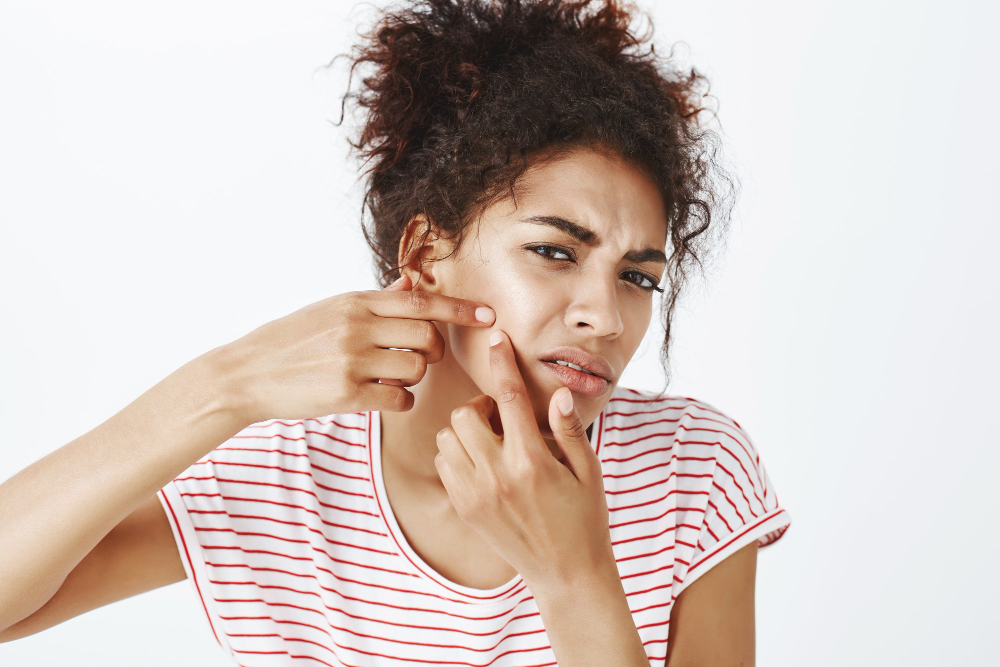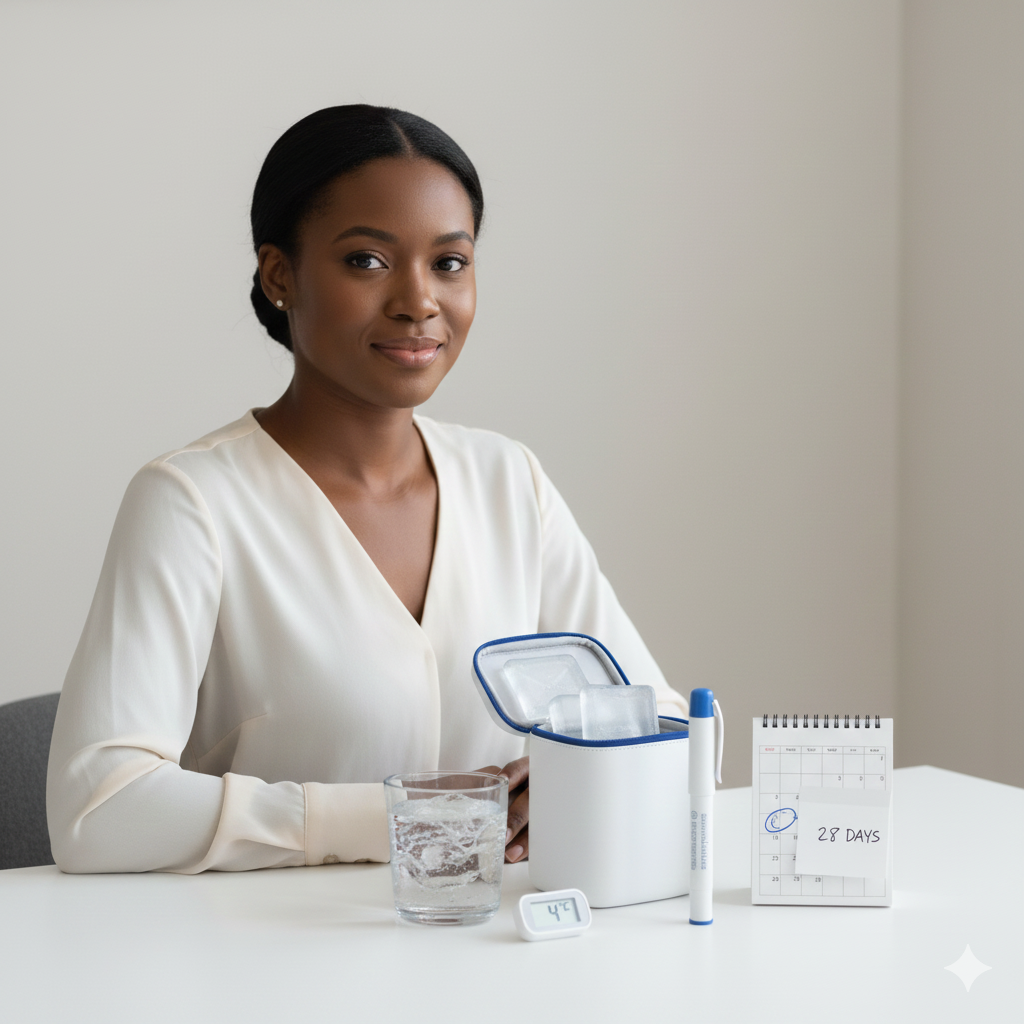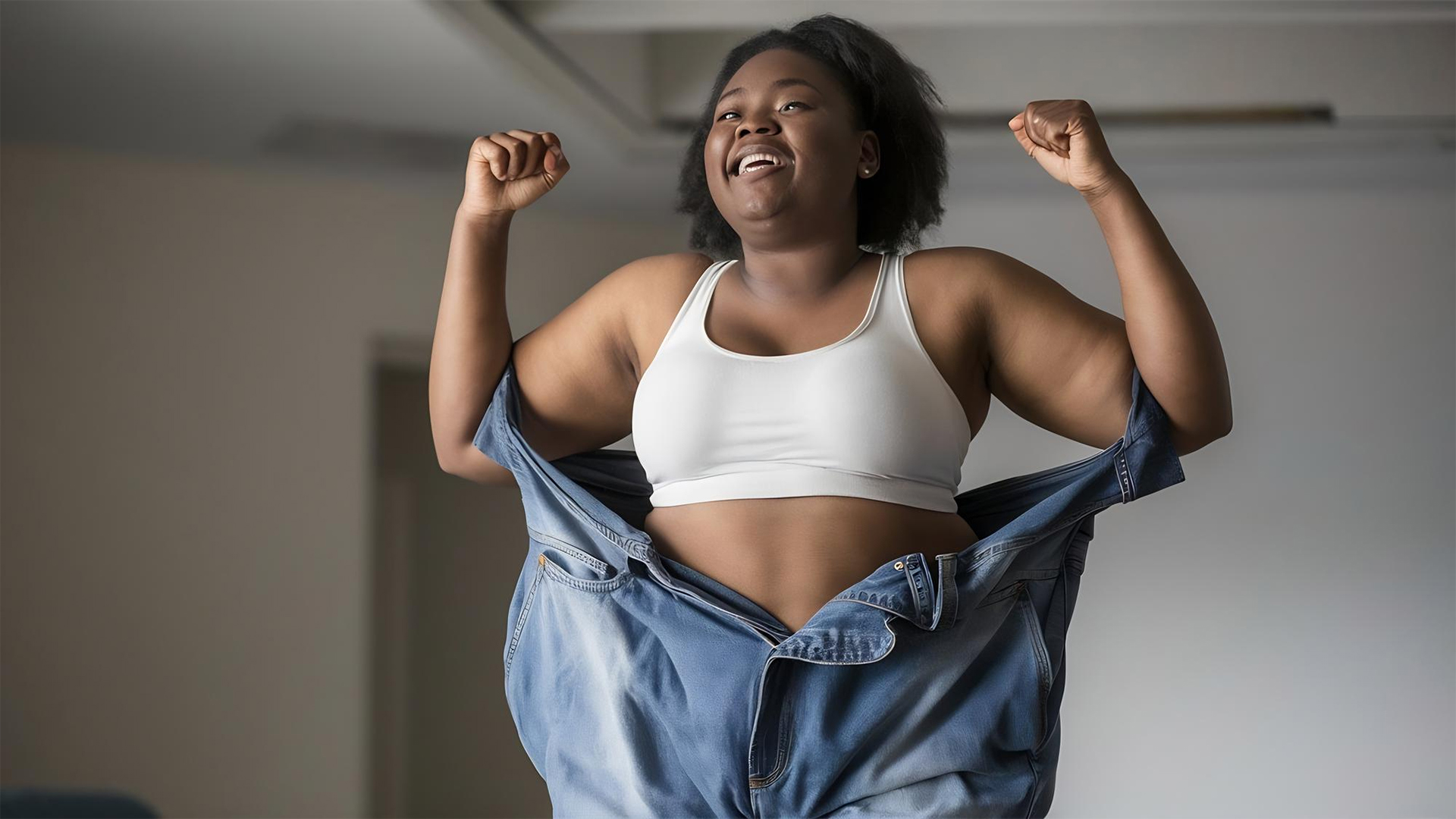For many people, acne feels like a rite of passage in teenage years. But for some, breakouts don’t stop at high school graduation — they continue into adulthood. In fact, studies suggest that up to 45% of women aged 21–30 experience acne. For those over 25, the most common culprit is hormonal changes.
Adult acne often looks different from teenage acne. It tends to be deeper, more painful, and centered around the lower face. Because hormones influence oil production, inflammation, and skin cell turnover, they play a key role in why acne develops later in life.
This article will explore the causes of hormonal acne after 25, how to recognize it, and the best evidence-based treatments available.
1. Understanding Hormonal Acne
What is hormonal acne?
Hormonal acne is triggered by fluctuations in hormones, particularly androgens like testosterone. Androgens stimulate the sebaceous (oil) glands, increasing sebum production. Excess oil, combined with dead skin cells, clogs pores and provides the perfect environment for Cutibacterium acnes bacteria, leading to inflammation and pimples.
How it differs from teenage acne
Location: Teenage acne often affects the T-zone (forehead, nose, chin), while hormonal acne usually appears around the chin, jawline, and neck.
Type of pimples: Adults tend to get deep, cystic pimples that are red and painful, compared to blackheads and whiteheads in teens.
Pattern: Hormonal acne often flares around the menstrual cycle or during periods of high stress.
2. Why Acne Persists After 25
Hormonal fluctuations
Menstrual cycle: Breakouts often appear 1–2 weeks before menstruation due to rising progesterone and androgens.
Pregnancy and postpartum: Hormone surges can trigger new breakouts.
PCOS (Polycystic Ovary Syndrome): A hormonal condition marked by elevated androgens, irregular periods, and acne.
Menopause: Fluctuating estrogen and progesterone can reactivate acne in midlife.
Stress and cortisol
Chronic stress elevates cortisol, which disrupts other hormones and worsens inflammation. Stress can also increase sebum production, making acne worse.
Lifestyle triggers
Poor sleep can interfere with hormone regulation.
Skincare products that are too harsh or pore-clogging worsen breakouts.
Environmental pollutants irritate the skin barrier.
Genetics
Family history is also a factor. Some studies show people with close relatives who had or have acne are more likely to have more severe acne or have it persist into adulthood.
3. Is It Really Hormonal? Signs to Look For
Location of breakouts
Hormonal acne often appears on the chin, jawline, and lower face — areas sensitive to hormone fluctuations.
Timing and patterns
If breakouts worsen around your menstrual cycle, or during times of high stress, hormones are likely involved.
Type of acne
Large, red, cystic pimples
Painful to touch
Take longer to heal compared to surface pimples
Other hormonal clues
If acne is accompanied by irregular menstrual cycles, unwanted hair growth, hair thinning, or sudden weight changes, this may point to an underlying hormonal condition like PCOS.
4. Treatment Options for Hormonal Acne
Over-the-Counter (OTC) Treatments
Salicylic acid: A beta hydroxy acid that exfoliates inside the pores, preventing blockages.
Benzoyl peroxide: Kills acne-causing bacteria and reduces inflammation.
Adapalene (OTC retinoid): Encourages skin cell turnover and unclogs pores.
Gentle cleansers and moisturizers: Protect the skin barrier from irritation.
Prescription Options
Topical retinoids (tretinoin, tazarotene): Stronger than OTC adapalene, help with both acne and scarring.
Topical or oral antibiotics: Reduce bacterial overgrowth and inflammation (short-term use recommended).
Hormonal therapies:
Oral contraceptives: Balance estrogen and progesterone, reducing androgen-driven acne.
Spironolactone: A medication that blocks androgen receptors, lowering oil production.
Isotretinoin (Accutane): A powerful oral retinoid reserved for severe or resistant acne.
5. Lifestyle and Supportive Care
Skincare Habits
Use non-comedogenic (oil-free) products.
Avoid over-cleansing or harsh scrubs, which can trigger more oil production.
Consistency matters more than frequent product changes.
Stress and Sleep
Regular exercise, yoga, or meditation can lower stress hormones.
Aim for 7–9 hours of quality sleep to help skin repair and regulate hormones.
Nutrition and Diet
Low-glycemic diet: Foods like whole grains and vegetables may help reduce breakouts compared to refined carbs and sugar.
Dairy products: Some research links skim milk to acne, though results vary.
Hydration: Drinking enough water supports skin function but won’t cure acne alone.
6. When to Seek Professional Help
You should see a dermatologist if:
Acne is painful, cystic, or leaving scars.
OTC products don’t improve your skin after 8–12 weeks.
You suspect an underlying condition like PCOS.
Acne is affecting your mental health or self-esteem.
A dermatologist may order blood tests, adjust treatments, and provide a long-term management plan.
7. Prevention Tips for Clearer Skin
Wash your face twice daily with a gentle cleanser.
Always remove makeup before bed.
Apply sunscreen daily (non-comedogenic formulas).
Avoid touching or picking at pimples.
Stick to a routine — frequent product switching can make acne worse.
8. The Bottom Line
Acne after 25 is common and often driven by hormonal changes. While frustrating, it’s not untreatable. From over-the-counter products to prescription medications and lifestyle adjustments, there are many effective ways to manage hormonal acne.
The key is consistency and, when needed, seeking professional help. A dermatologist can create a plan that addresses both the root hormonal causes and your skin’s unique needs.









